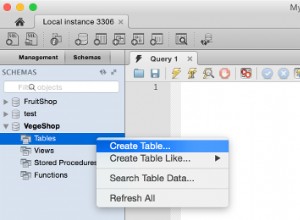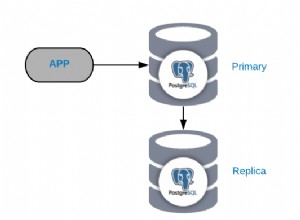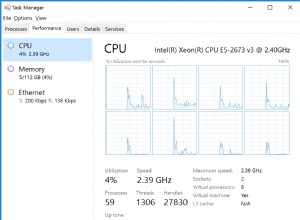Hàm này sẽ giúp bạn chia nhỏ các chuỗi:
CREATE function dbo.split(@value varchar(8000),@delim varchar(8000))
returns table
as
return
(
select d.value,
d.orders,
ivalue = convert(int, case when isnumeric(d.value)=1 and d.value not like '%[^0-9 +-]%' and len(replace(replace(replace(d.value,' ',''),'-',''),'+',''))<=10 then case when convert(bigint,d.value) between -2147483648 and 2147483647 then d.value end end)
from
(
select
value= replace(substring(value,
idx,
case when cnt>=0 then cnt end /* case для защиты от нехороших планов, когда сначала идет вычисление substring, а потом ограничивающее where по s_value.number between */
)
,char(1),'')
,orders=( datalength(left(value,idx-1))-datalength(replace(left(value,idx-1),@delim,''))
)/datalength(@delim)
from (
select number
,idx
,cnt = charindex(@delim,value, number + 1) - number - datalength(@delim)
,value
from
(
select number
,idx = number + datalength(@delim)
,value = (select @delim+char(1)[email protected]+char(1)[email protected])
from dbo.s_value
where number between 1 and datalength( (select @delim+char(1)[email protected]+char(1)[email protected]) ) - datalength(@delim)
) t
where substring(t.value, number, datalength(@delim)) = @delim
) t
) d
)
GO




